It can be fun to breed your own zinnias - Part 20
zen_man
11 years ago
Related Stories
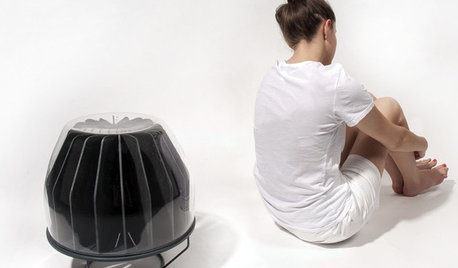
GREEN DECORATINGA New Breed of Space Heaters Helps You Stay Toasty in Style
Shiver no more with style-conscious heaters that let you turn down the thermostat and snuggle up in warmth
Full Story
PETSWhat Chihuahuas Can Teach Us About Interior Design
Who knew these tiny dogs could be such a huge fount of design tips? Houzzers did
Full Story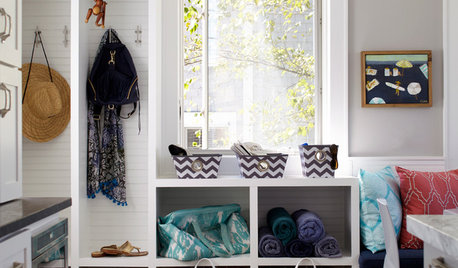
LIFEHow to Prep Your Home for Summer Fun
Create a relaxed, beach-ready vibe with these ideas that let good times roll
Full Story
HOUZZ TVHouzz TV: This Dream Midcentury Home in a Forest Even Has Its Own Train
Original wood ceilings, a cool layout and, yes, a quarter-scale train persuaded these homeowners to take a chance on a run-down property
Full Story
PRODUCT PICKSGuest Picks: 20 Fun Ways to Store Bath Toys
Keep bathroom clutter in check with kid-friendly containers, pouches and shelves for bath-time playthings
Full Story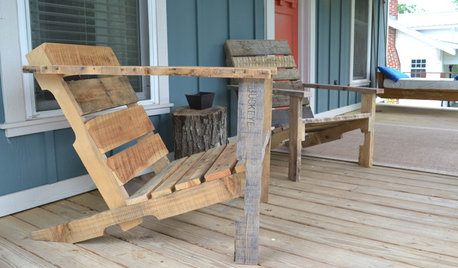
WOODWORKINGBuild Your Own Wooden Deck Chair From a Pallet — for $10!
Take the ecofriendly high road with a low-cost outdoor chair you make yourself
Full Story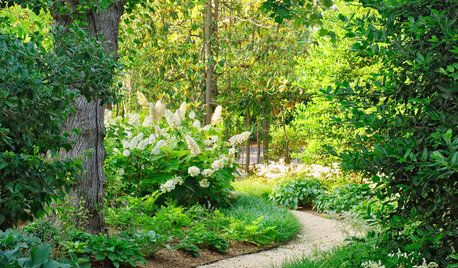
LANDSCAPE DESIGNUnwind in Your Own Private Garden Escape
When the world is getting on your last nerve, an outdoor refuge can soothe and nurture. Here's how to design a garden with relaxing in mind
Full Story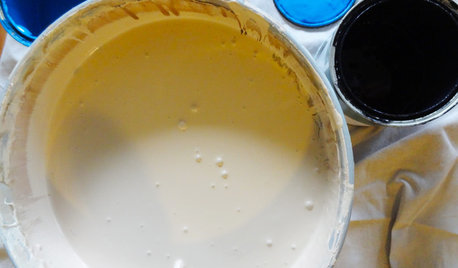
DIY PROJECTSTint Your Own Paint for New-Looking Walls
Dabbling in mixology means you can use up leftover paint and give your walls a custom look in one fell swoop
Full Story
DECORATING GUIDESWhat Matisse Can Teach Us About Interior Design
Learn to pack a punch with decor inspired by one of the most influential artists of the 20th century
Full Story
INSPIRING GARDENSWhat We Can Learn From Longwood Gardens’ New Meadow
Sustainability, ecology, native plant communities ... this public garden is brimming with lessons on horticulture for home gardeners
Full Story





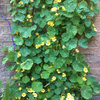
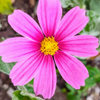
docmom_gw
mauch1
Related Professionals
Essex Landscape Architects & Landscape Designers · Edmond Landscape Contractors · Bainbridge Island Landscape Contractors · Chesapeake Ranch Estates Landscape Contractors · Coeur d'Alene Landscape Contractors · Dixon Landscape Contractors · Hilton Head Island Landscape Contractors · Plantation Landscape Contractors · Tacoma Landscape Contractors · Rehoboth Driveway Installation & Maintenance · Del City Decks, Patios & Outdoor Enclosures · Glen Ellyn Decks, Patios & Outdoor Enclosures · Palmetto Decks, Patios & Outdoor Enclosures · Pecan Grove Decks, Patios & Outdoor Enclosures · St. Louis Decks, Patios & Outdoor Enclosuresveggieswirl
zen_manOriginal Author
mauch1
zen_manOriginal Author
jackier_gardener
veggieswirl
jackier_gardener
zen_manOriginal Author
docmom_gw
zen_manOriginal Author
zen_manOriginal Author
ladyrose65
zen_manOriginal Author
jackier_gardener
goclon
zen_manOriginal Author
jackier_gardener
telescody
zen_manOriginal Author
lkzz
lkzz
zen_manOriginal Author
zen_manOriginal Author
veggieswirl
goclon
veggieswirl
zen_manOriginal Author
zen_manOriginal Author
veggieswirl
veggieswirl
veggieswirl
zen_manOriginal Author
veggieswirl
veggieswirl
jackier_gardener
goclon
goclon
zen_manOriginal Author
jackier_gardener
veggieswirl
zen_manOriginal Author
zen_manOriginal Author
goclon
jackier_gardener
veggieswirl
zen_manOriginal Author
zen_manOriginal Author
zen_manOriginal Author